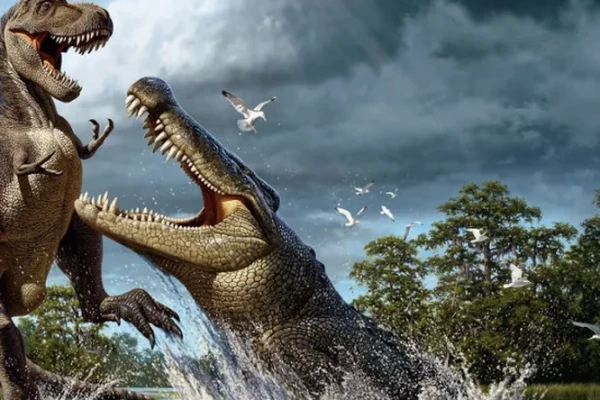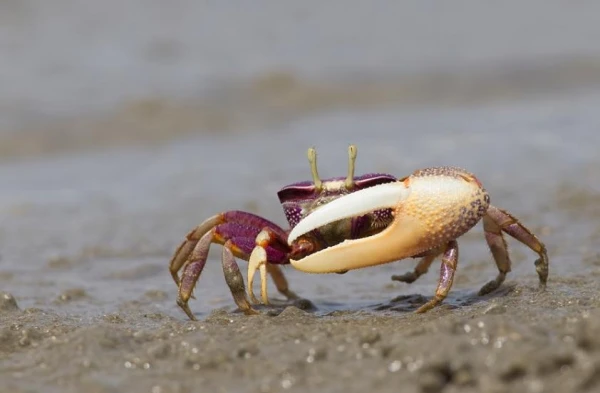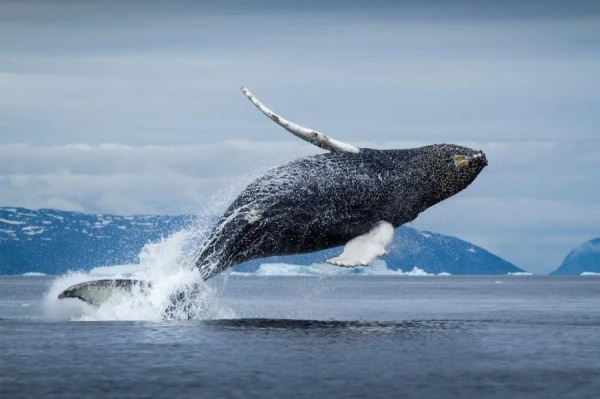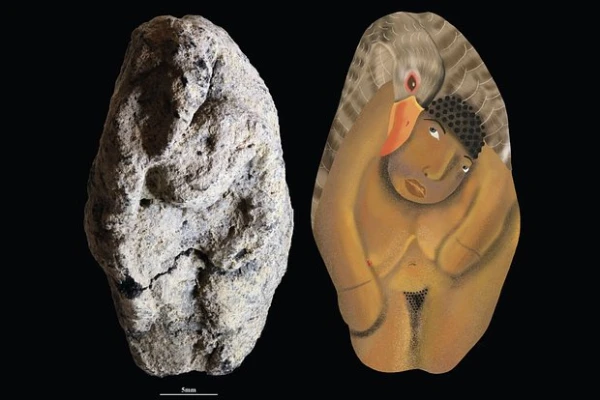
"This finding indicates the existence of a fearsome hunter that lived during the Triassic period."
A new species of carnivorous reptiles that lived before the appearance of dinosaurs has been discovered in southern Brazil. This creature, Tainrakuasuchus bellator, lived 240 million years ago and was a predator belonging to the group Pseudosuchia, early relatives of modern crocodiles and alligators. This is reported by Interesting Engineering.
"This finding indicates the existence of a fearsome hunter that lived during the Triassic period. Researchers from the Federal University of Santa Maria claim that Tainrakuasuchus bellator reached about 2.4 meters in length and weighed around 60 kilograms," the article adds.
According to the study, the reptile relied on speed and precision during hunting. It used its long neck and quick movements to catch its prey, after which it held it with sharp, curved teeth.
"This animal was an active predator, but despite its relatively large size, it was far from the largest hunter of its time, as giants up to seven meters long inhabited the same ecosystem," noted the lead author of the study, Dr. Rodrigo Temp Müller.
He stated that members of the Pseudosuchia group were diverse predators.
"Pseudosuchia were a diverse group of animals capable of hunting robust prey, as well as smaller hunters specialized in catching fast animals," Müller added.
The researcher emphasized that Tainrakuasuchus bellator may appear dinosaur-like to casual observers, but the main features of its skeleton distinguish it from dinosaurs.
"Although it resembles a dinosaur externally, Tainrakuasuchus bellator does not belong to that group. One of the most striking ways to distinguish it from dinosaurs is the structure of the pelvis, where the characteristics of its hip and femoral joints are very different," he explained.
Despite the fact that the animal's limbs have not been preserved, researchers claim that it moved on four legs, like its close relatives.
"The name Tainrakuasuchus combines the Guarani words tain (tooth) and rakua (sharp) with the Greek suchus (crocodile), indicating its sharp teeth. The species name bellator, meaning 'warrior' in Latin, honors the people of Rio Grande do Sul and their resilience after recent floods in the region," emphasized Interesting Engineering.















Leave a comment